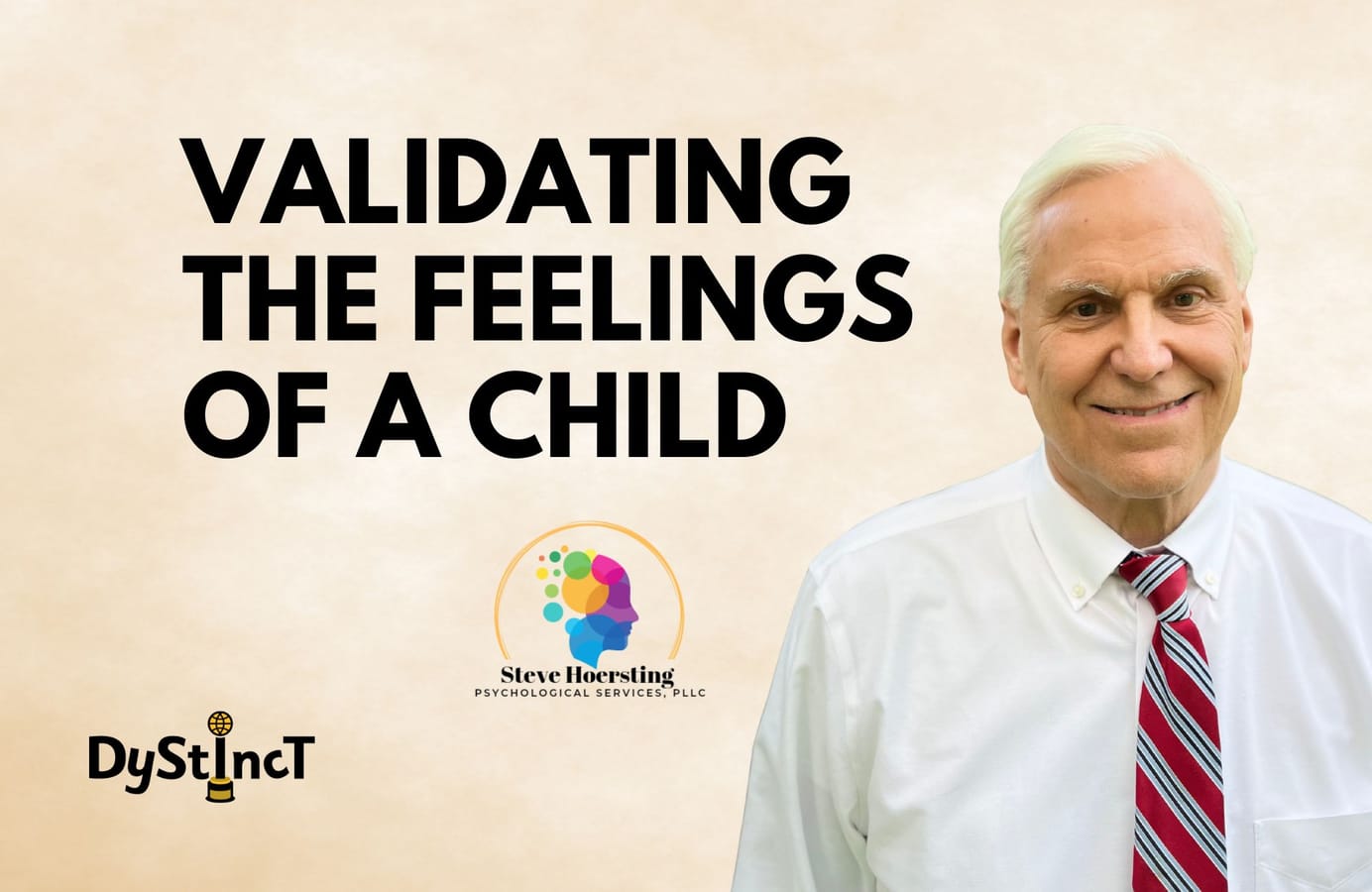
Issue 13: What’s Stopping You? Trying a New Reading Approach | Donna Hejtmanek & Mary Rudzinski
Donna Hejtmanek and Mary Rudzinski describe some of the factors holding back a shift in classroom practices and suggest some steps that can be taken to step off the current dismal trajectory to improve student outcomes.
To change student outcomes, we must first change adult practices.
~
Kari Yates
For the past fifty years, reading achievement among young students has remained flat. Despite years of focused efforts on reading research and curriculum, the needle on achievement levels has hardly moved. The latest PISA (Program for International Student Assessment) test results show the United States and Australia scored only slightly above average in reading worldwide, essentially unchanged from previous years. Scores for American 4th-grade students also reflect disappointing progress, with a majority scoring at basic or below for their grade level.
With such a poor return on our educational investment, what holds educators back from changing classroom practices to improve student outcomes?
And what change should we make?
First, consider some history. Back in the 1980s, classrooms moved toward the whole language approach, a movement in opposition to direct phonics instruction programs. In response to what became the “reading wars,” balanced literacy emerged, blending random phonics instruction into the whole language approach. But the science of reading has disproven the theory behind balanced literacy and the whole language approach. Balanced literacy icon Lucy Calkins has reconsidered her position and recently added a phonics component to her Units of Study curriculum. Kari Yates, the author quoted at the beginning of this article, previously wrote books supporting balanced literacy but now advocates a shift toward an evidence-based approach.
If research and test evidence support a shift in reading instruction, why has change been slow and reading instruction continued along the same dismal trajectory for so many schools?
In part, the lack of teacher education in the science of reading is a roadblock. Teachers trained in the last thirty years need to gain the expertise to implement the science of reading and find a starting point in their classroom. In other words, you cannot implement what you don’t know or understand. According to Emily Hanford, a Washington, D.C. journalist and author of the Sold A Story podcast, in the 1980s, teachers were “sold an idea” [whole language], which was a bad idea that became entrenched. Teachers didn’t know any better.
But that’s not the only thing holding back change.
Consider the work of Adam Grant. In Think Again, Grant describes curiosity and certainty as inversely related. The more confident we become in our decisions and choices, the fewer questions we form. In contrast, the more questions we ask, the less sure we remain of those decisions and choices. To see other possibilities, we must question choices.
Once we become committed, we stay loyal to our beliefs. Even if the data/feedback does not confirm our choice, we often double down and escalate our commitment. We use grit rather than quit, and modern culture encourages that attitude. Teachers believe in their methods and resist “rethinking” the curriculum. Test scores may be disappointing, but other factors- low socioeconomic status, lack of resources, and even the students themselves - are to blame.
Another obstacle to changing our minds is what Grant refers to as identity foreclosure. Unlike an identity crisis, with identity foreclosure, decisions become a foregone conclusion. We do not look for alternatives because our teaching is part of our identity. Changing course betrays the image we believe about ourselves and may even feel threatening.
This post is for paying subscribers only
SubscribeAlready have an account? Log in


